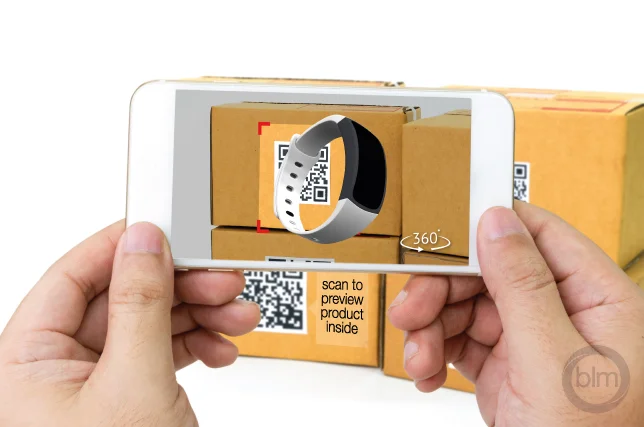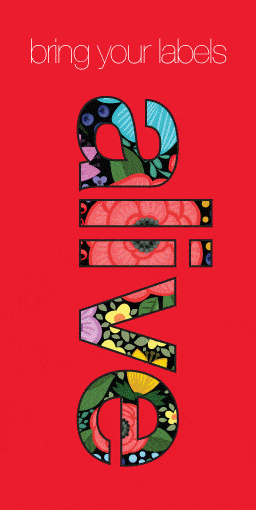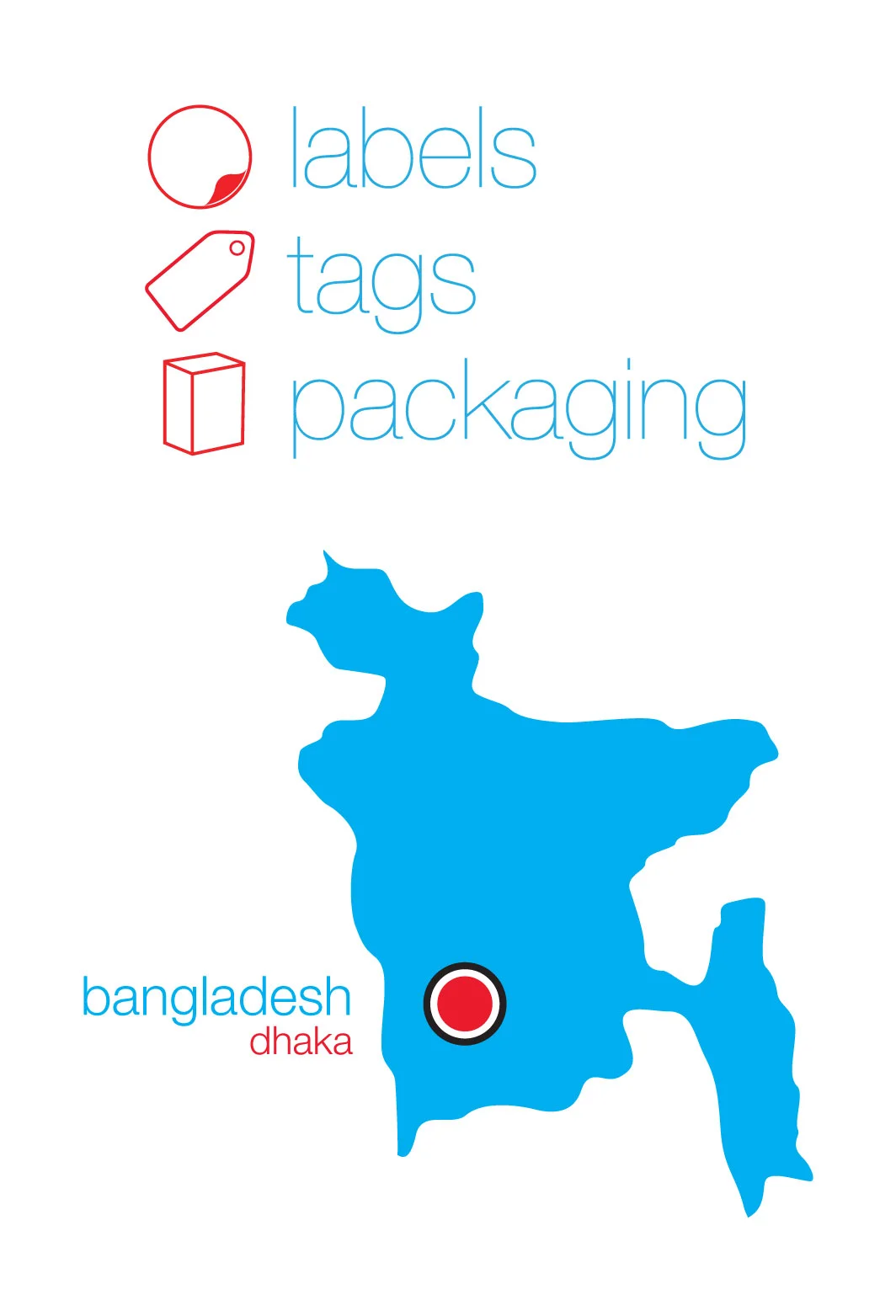While packaging was originally designed to be purely functional, protecting products particularly during the transportation phase, it is now much more than this and is very much a reflection of the values of the brand or product inside. As such, there are many more considerations than just form and function. Smart Packaging is an extension of the changed nature of packaging and is used where the packaging has functionality beyond its original use. It is usually divided into 2 main types: active packaging and intelligent packaging. Active packaging is packaging that holds a product and improves the product itself (like certain food packaging that is designed to maintain freshness). Intelligent packaging focuses more on function with examples including indicator labels for products eg. temperature labels and QR codes that deliver interactive functionality.
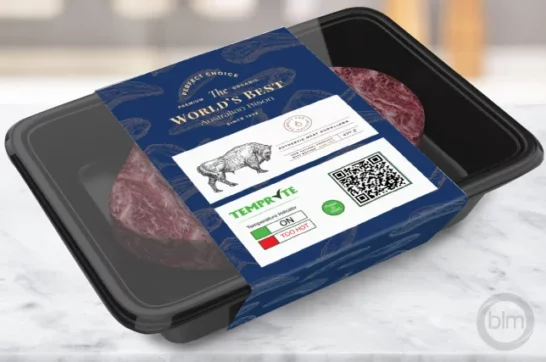
A subset of intelligent packaging is connected packaging: packaging that integrates technology (like Near Field Communication (NFC) tags or QR codes) to perform a certain function. Brands can use them to present digital content to customers and activate an experience. They create direct connectivity between the consumer and the brand.
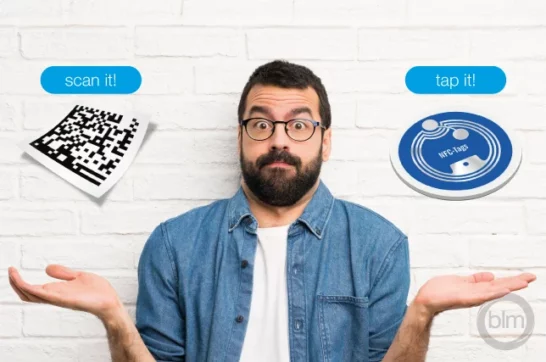 | |
{QR codes vs NFC tags: choice is often based on product value or brand requirements. QR codes are popular because they are low cost and add little to no expense when printed on the packaging of lower cost items. NFC tags are often embedded in high end products to combat counterfeiting and provide reassurance to customers that they are purchasing authentic products.} |
A packaging QR Code is one that communicates relevant product details with consumers to help them learn more about the product, its benefits, and its uses. Packaging QR Codes serve as a valuable medium for sharing all kinds of information with consumers at every stage of the consumer buying journey. Check out some of the examples below to see if you could apply these to your business:
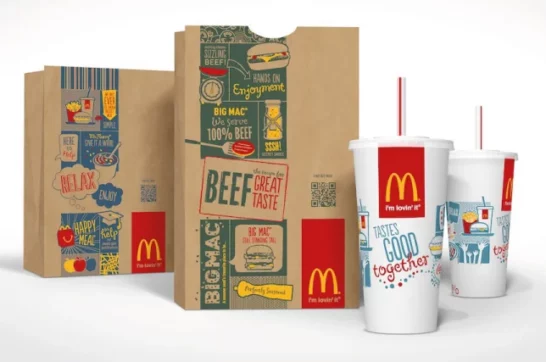 |  |
Pre-order and get promo with QR codes. | Check all ingredients and find the nearest stores. |
why are QR codes so popular?
QR codes are all about convenience and providing information. Their mass adoption as a form of ‘smart technology’ is largely due to contact tracing and contactless interactions but the real reason they are so popular seems to be in the way in which they are making our lives EASIER. From contactless learning, information and payments to the provision of interactive content and the use for tickets & boarding passes. If you thought that QR codes were going away you might want to think again.
People are not only scanning QR codes BUT doing it frequently (including scanning the same QR codes more than once with the expectation of different interactions). This increase in frequency and reach presents opportunities to vary information depending on when or where someone scans a QR code and also based on the number of times they have scanned. Varied and contextual experiences with tailored engagement keeps people connected with your brand or company. Ultimately the scanning interaction should add value for the person or product. Without this it potentially becomes just another static link that people quickly tire of.
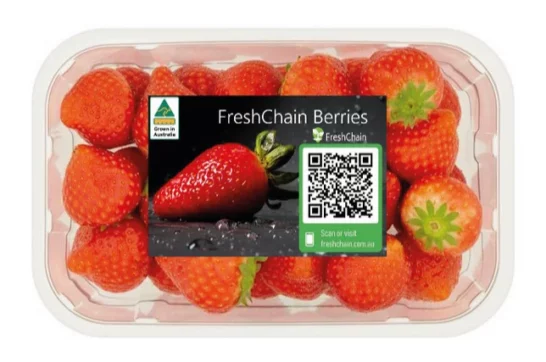 |  |
Not only give the consumer more information about original place and process but it provide valuable insights about those consumers. | Create closer connection with consumers through a mobile game, drink recipes, bar locator, playlist and a sweepstakes competition. |
QR codes are readable from the camera of any smartphone without any additional software or apps, creating a move to providing greater interaction and engagement, in what is coined the ‘smart’ packaging revolution. This highlights the incredible opportunities that it can provide for both the consumer and businesses as they seek out innovative ways to develop low-cost, high-return marketing tactics, deals and customer loyalty plans that think beyond regular techniques such as mainstream advertising.

